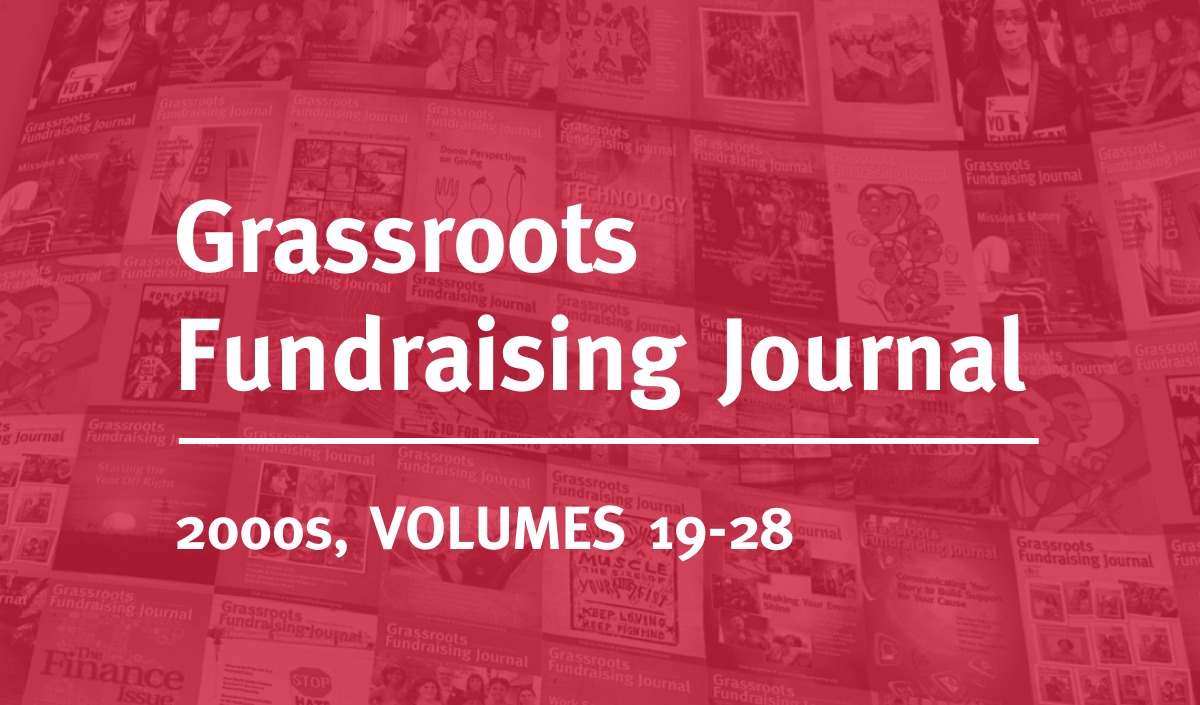
April 20, 2015; Center for Budget and Policy Priorities
Sign up for our free newsletters
Subscribe to NPQ's newsletters to have our top stories delivered directly to your inbox.
By signing up, you agree to our privacy policy and terms of use, and to receive messages from NPQ and our partners.
The CBPP’s Bob Greenstein has identified ten “serious flaws” in the budget plans passed by the House and the Senate in March that conferees are now discussing. Greenstein is obviously being kind to our nation’s legislators in identifying only ten, but his ten are important to nonprofits who look to the federal budget for critical resources, a few of which we highlight here:
- The budgets propose to achieve “deficit reduction entirely through massive spending cuts, without any [new or increased] revenues.” If there is waste and inefficiency in the federal budget, the parts of the budget that offer unproductive and inefficient subsidies to corporations constitute a large portion of the excess costs, but escape the House and Senate budgets’ axe. Although the tax subsidies for the rich and for corporations survive, “key provisions of tax credits for working-poor families [are allowed] to expire after 2017” if these budgets progress.
- The proposed cuts are “disproportionately…[targeted to] programs for low- and moderate-income Americans.” Greenstein notes that programs for low- and moderate-income people constitute only 23 percent of total federal spending, but that doesn’t seem to concern congressional lawmakers.
- Both the House and Senate budgets would repeal the Affordable Care Act and deeply cut Medicaid in addition. That guarantees that poor people who are being protected from devastating healthcare costs by health insurance through the ACA or through Medicaid would take a big hit and become poorer if these budgets are implemented.
- Sequestration for domestic programs actually continues in these budgets, while they contain a mechanism for bypassing the impact of sequestration on defense spending “by pouring additional funding—beyond what the Pentagon says it will need for overseas military operations—into the Overseas Contingency Operations (OCO) fund…[which doesn’t] count against the defense cap.” In other words, through a budgetary gimmick, Congress is ready to help out the U.S. military juggernaut while leaving domestic programs hobbled.
- Greenstein says the budgets make “more cuts in essential domestic investments after 2016…[reducing] non-defense discretionary (NDD) funding well below the already damaging sequestration levels after 2016.” That means further cuts in job training, early intervention programs for children, and infrastructure.
- If there is a productive way of fighting fraud and abuse, it has been in the “program integrity” activities aimed at fraud and abuse in Medicare, Medicaid, and disability programs. Greenstein writes, “Program integrity activities have a proven track record of saving more than they cost,” and the Budget Control Act allows for these activities to be outside of sequestration caps, but the House and Senate budgets exclude new funding in this area.
Greenstein is a smart and tough analyst of the federal budget, but regular Americans (or “everyday Americans,” as the new political term of art goes) are no less disturbed by what Congress is delivering as the federal budget. The Kansas City branch of the American Friends Service Committee has been visiting cities as part of a “Move the Money Listening Project” to explore how people feel about the ways the federal tax dollar is being spent. According to the AFSC, the priorities of everyday people and our nation’s federal budget-makers aren’t matching. “People need the security of shelter, food, health care and an education,” the AFSC’s Mary Hladky told the Missouri News Service, “and we’re just kind of forgetting all that, because we’re totally focused on spending so much money on the military.”
We suspect that a lot of Americans feel like the people in KCMO who talked to the AFSC to express their frustration with federal government priorities. Budgets establish important priorities. Where and how a nation chooses to spend its tax revenues says more about national priorities than all the soft-soap statements of politicians on the stump or in the press. Greenstein’s analysis—in fact, all of the CBPP publications on the federal budget—should be both essential reading for nonprofits concerned about our nation’s misguided budget priorities. His ten observations about the messed up House and Senate budgets are the grist for effective nonprofit organizing on the federal budget.—Rick Cohen













